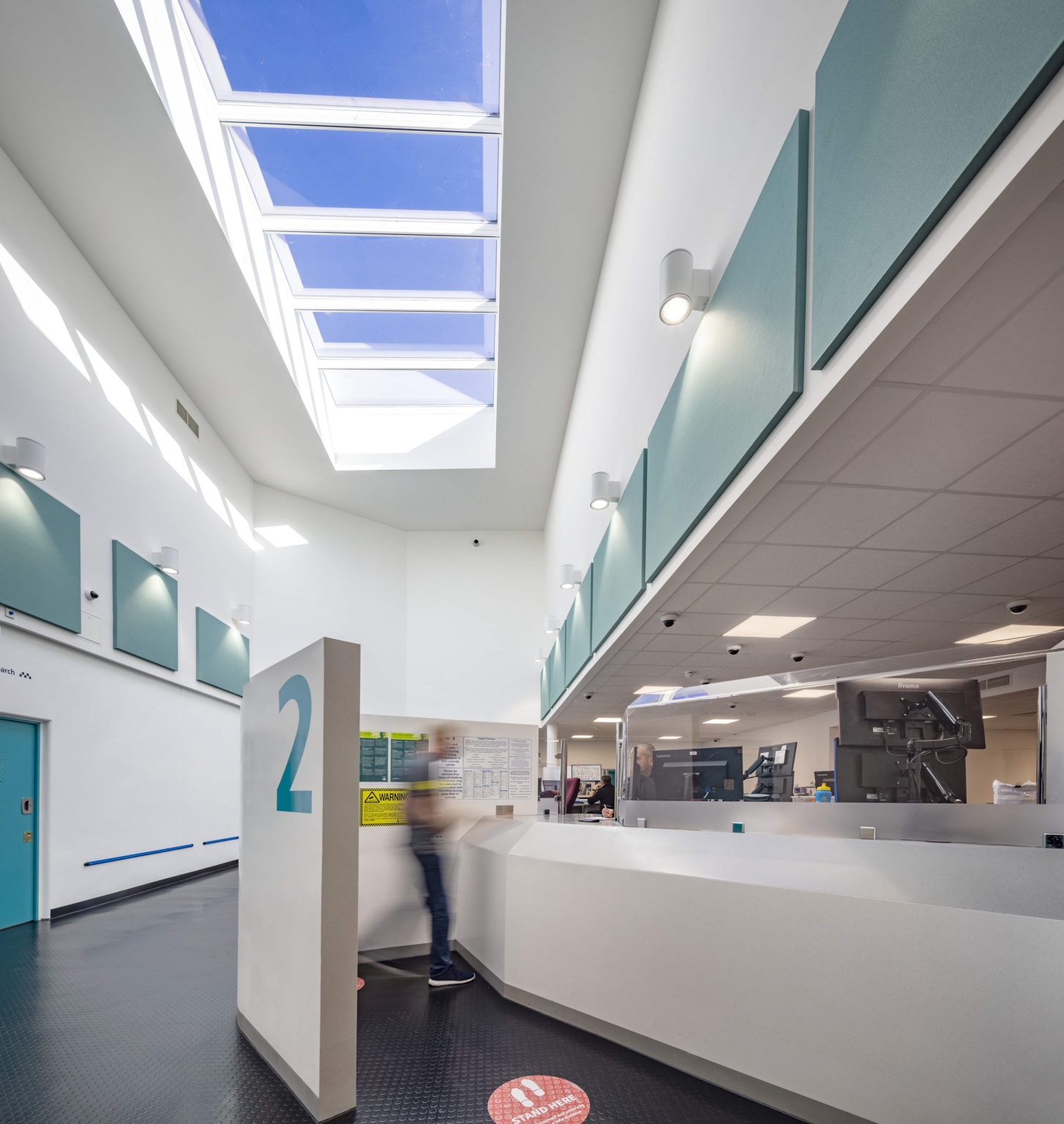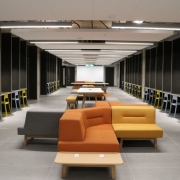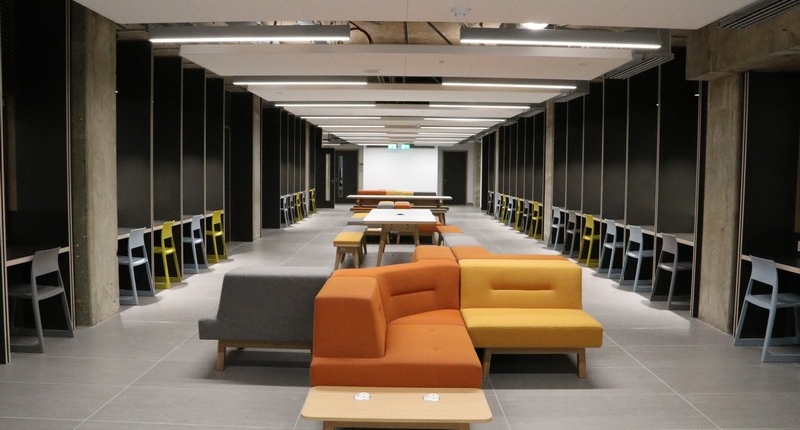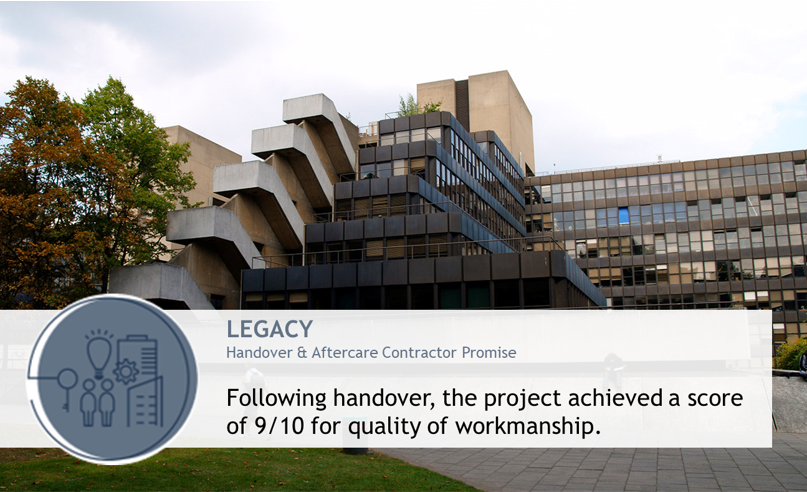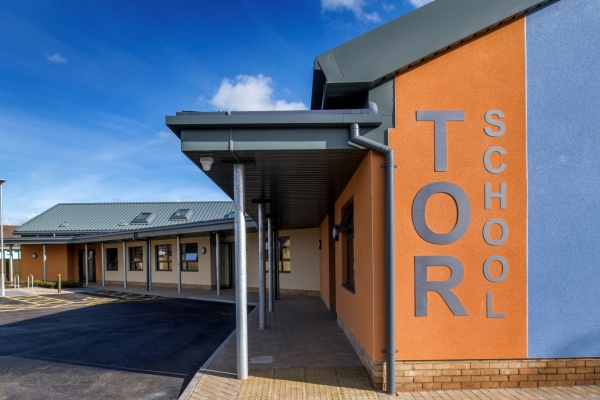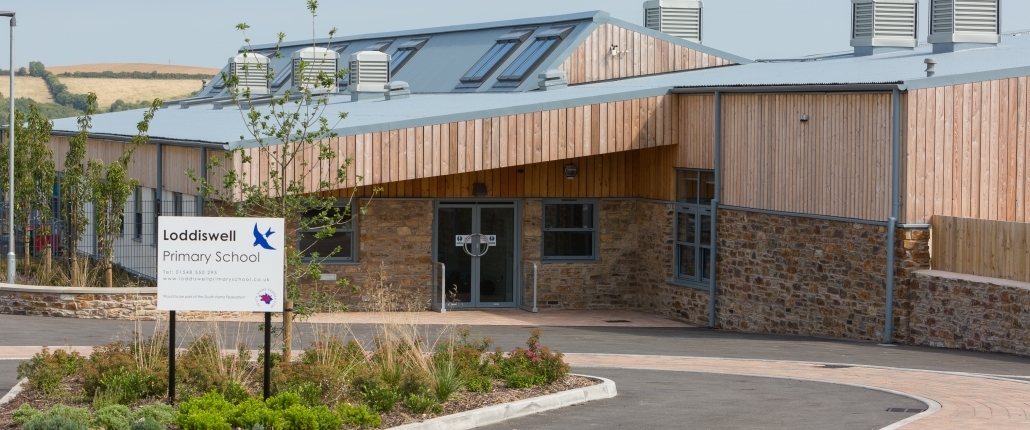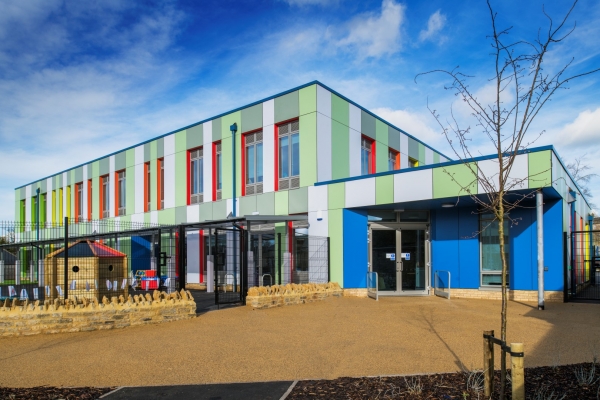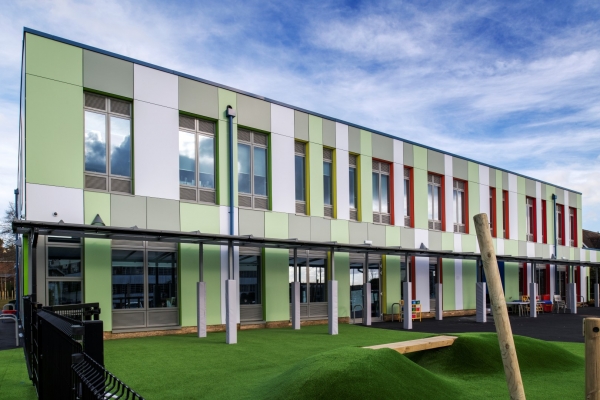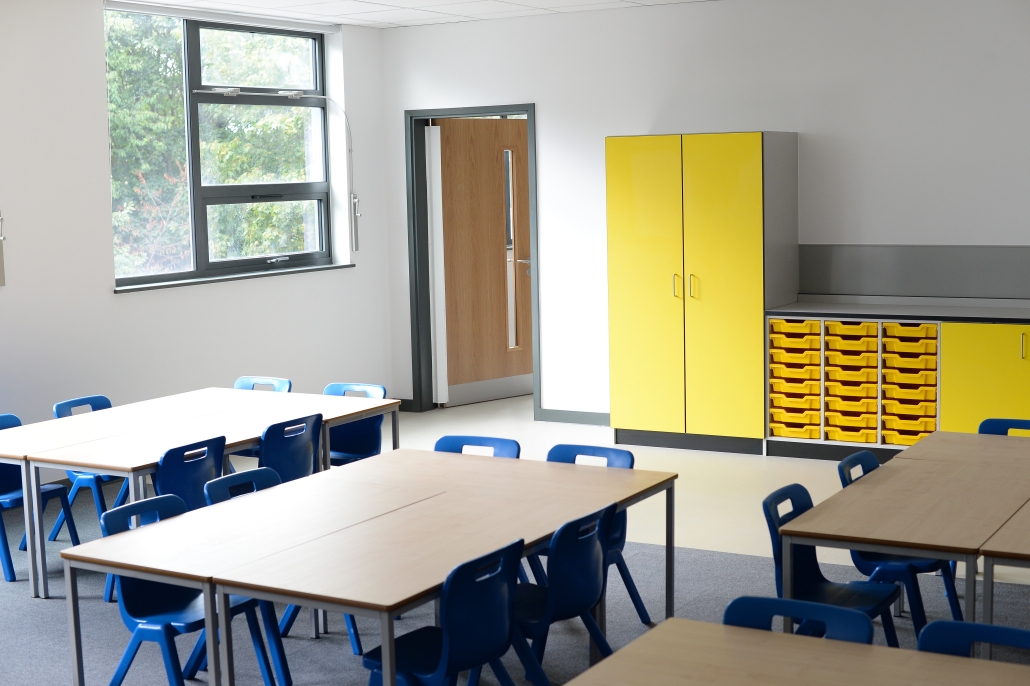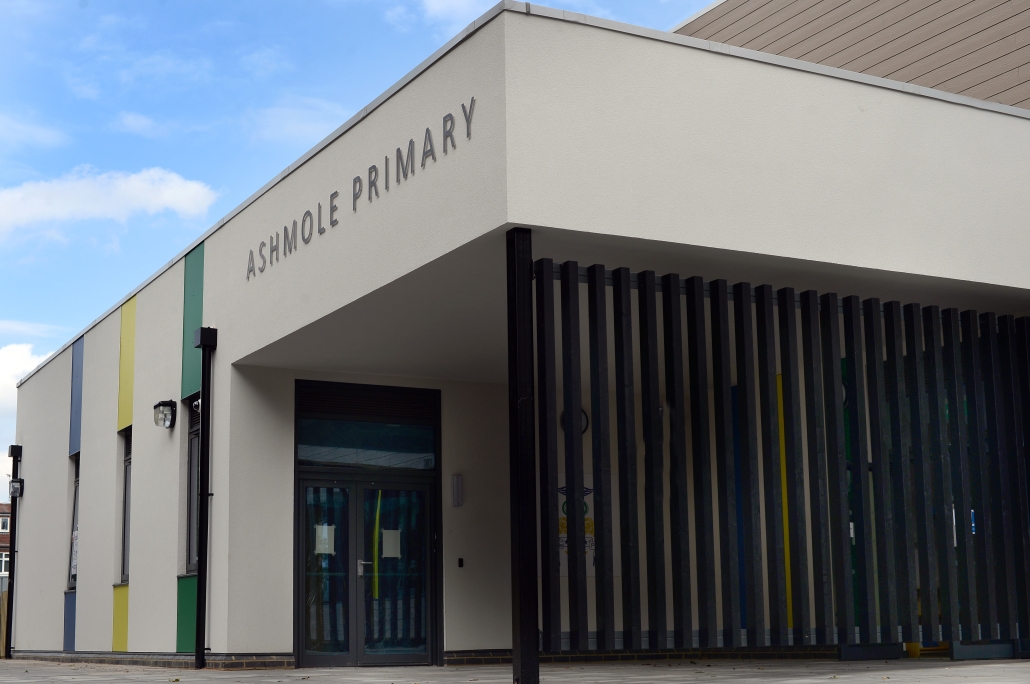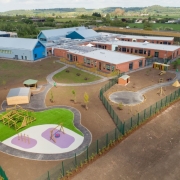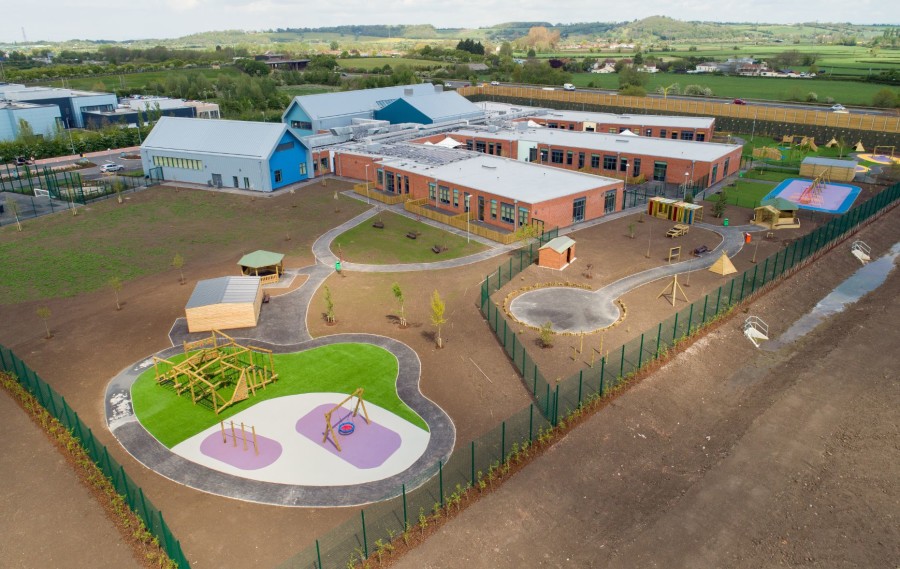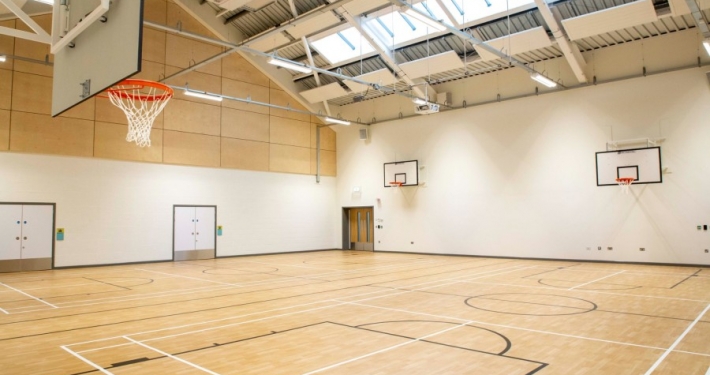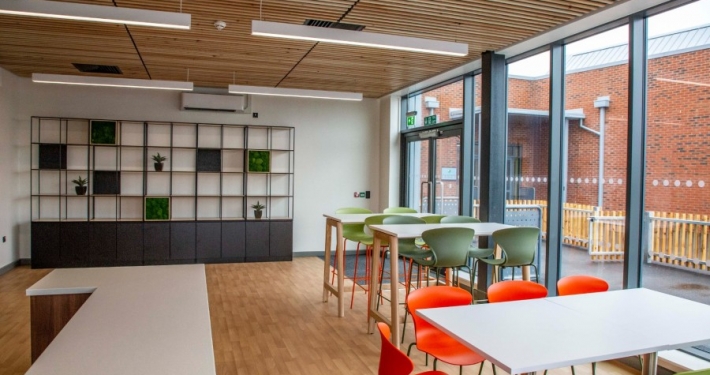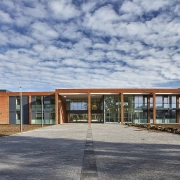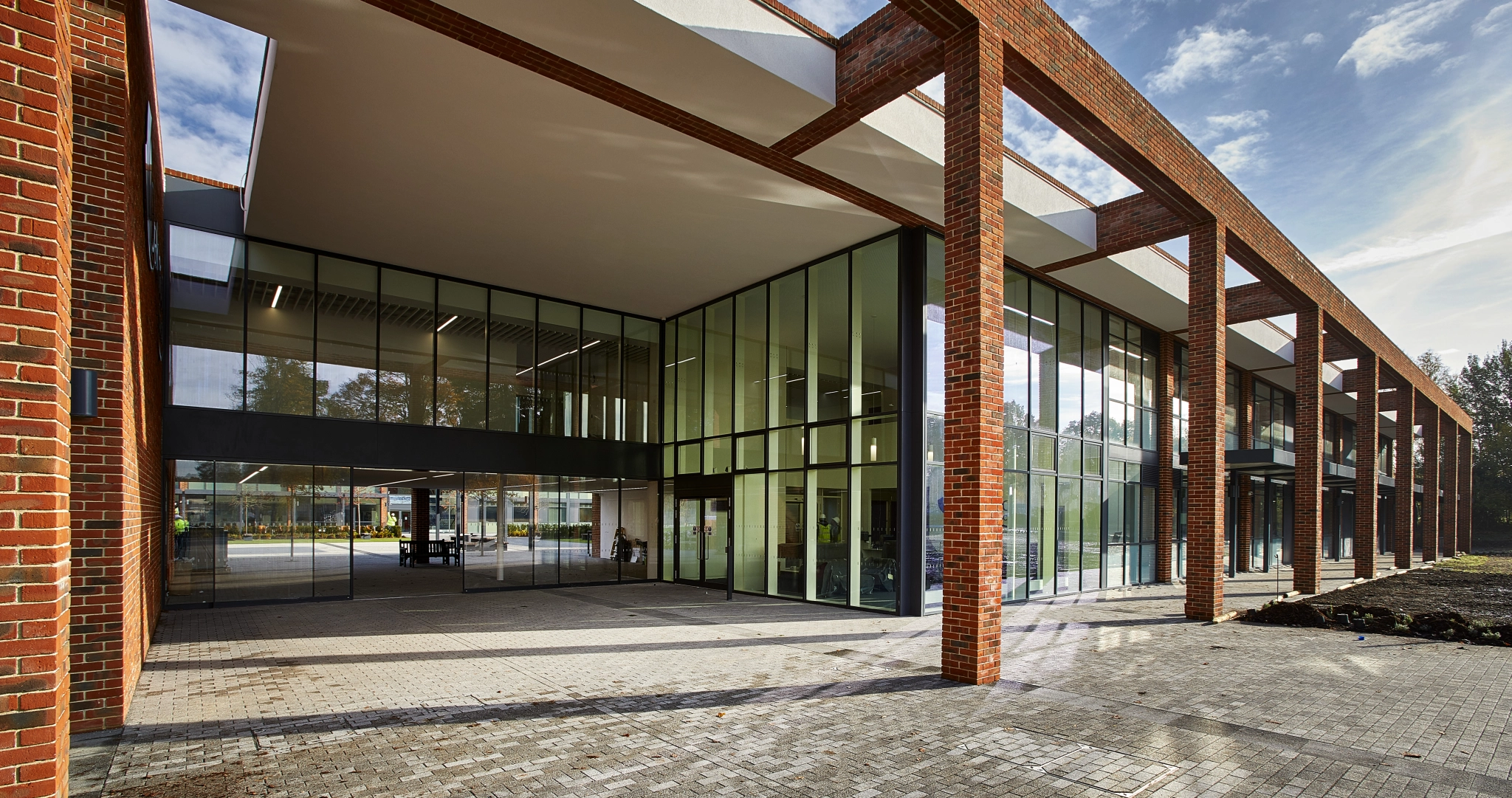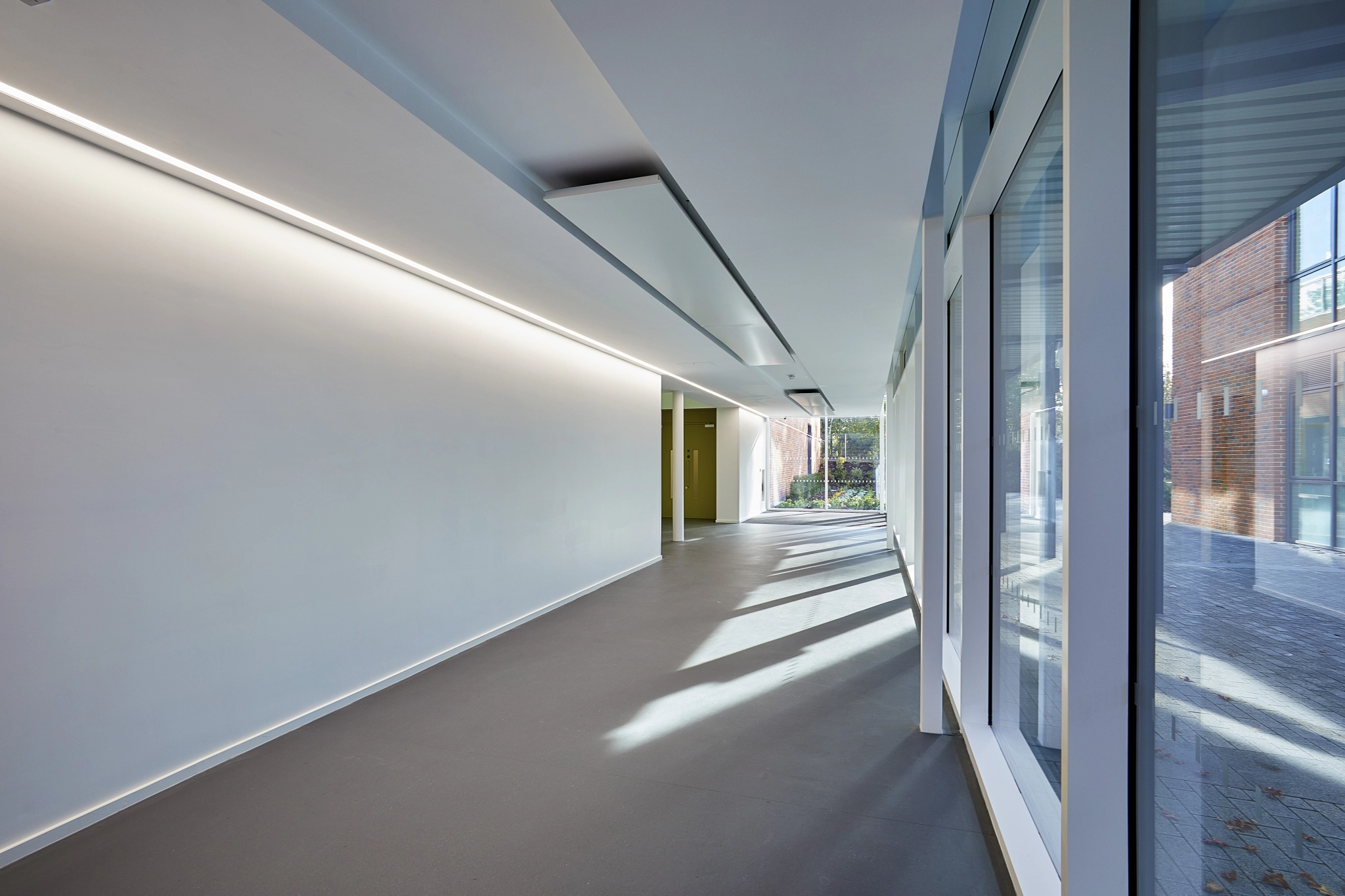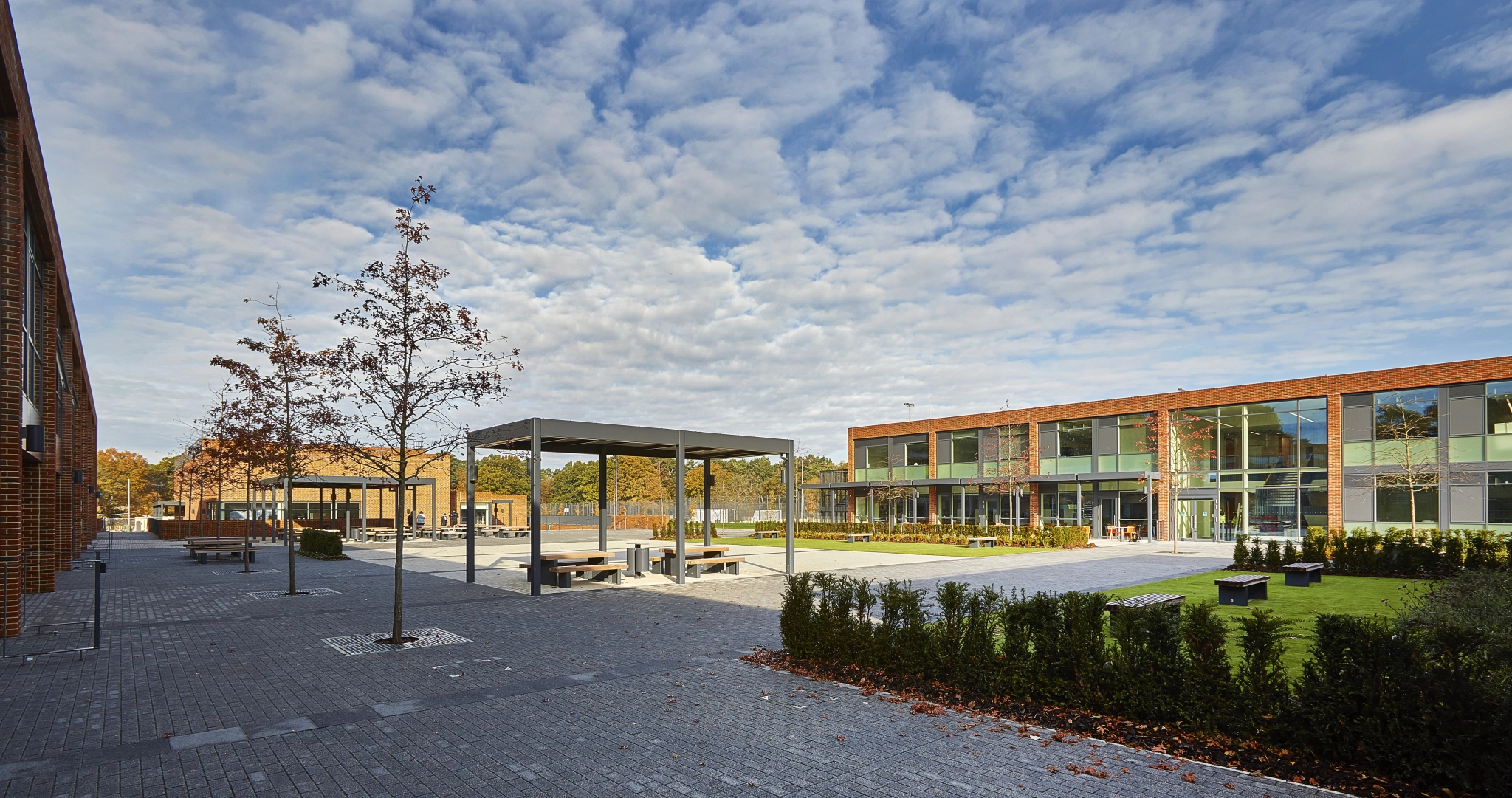Middlemoor Criminal Justice Centre
Exeter
The Challenge
The main challenges relating to this project were optimising the design to meet budget and making sure the design of the custody cells were Ministry of Justice compliant.
The Solution
Early appointment formed an ‘integrated team’ newly formed with common agreed objectives were able to de-risk prior to any works commencing on site. This aided and protected final account predictability which contributed to completing on time and on budget.
Built to Ministry of Justice standards using the Yellow book design guide providing first-class accommodation for solicitors and partners has been incorporated in the design, including interview rooms and medical suites. The custody centre will use modern technology to monitor the health of vulnerable detainees and offers a virtual courts system. The linked-hub buildings provide modern office and meeting space for all operational police functions.
The Results
Completed on time and on budget. Willmott Dixon worked collaboratively with their Works Partner of the Year, Stephenson Group, to reduce the in-situ concrete frame programme by 12 weeks Exeter Police Station met all the requirements for Time, Cost and Quality achievements: defect free, on budget and handed over on time after being completed two weeks early. The project used 67% Mandated Suppliers and 82% Cat A suppliers, proving that building closer relationships builds trust and improves quality and service BREEAM Excellent certification accredited to design stage and is in UK’s top 10% sustainable buildings.
6 work placements and 6 ex-offenders trained in Willmott Dixon’s Building Lives Academy
Apprentices
within 50 miles of the site
SME Spend
Added Value
Client Satisfaction
Client Testimonials
Contractor Performance | Commitments
Fair
99% of regular payments and payment periods did not exceed 30 days
Sustainability
The facility uses 22% less energy than a traditional building of the same size, generates 68kwh of electricity a year from solar panels and carbon generated from its construction has been offset
Safe
Zero RIDDORs
Legacy
Held 100 school children visits
1,600 students engaged at career events and workshops
2 ex-military personnel joined the construction industry
Aftercare
Zero defects at handover & aftercare




